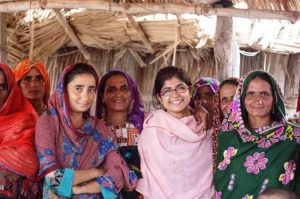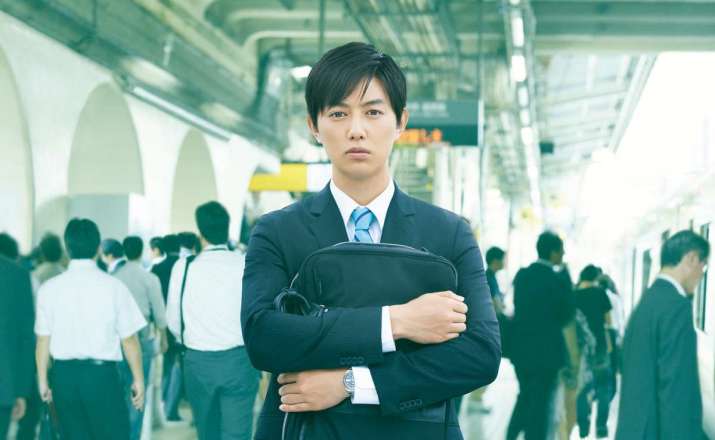
Many people face daily suffering—even those living in societies with a relatively high degree of affluence, such as Japan, Hong Kong, and the United States. Some of the major social problems in contemporary Japan include the long-term effects of the massive devastation caused by the tsunami and earthquakes of March 2011 (3/11) and the subsequent nuclear radiation contamination, a high suicide rate, job insecurity, karōshi (death through overwork), bullying in schools, and harassment at work. These problems and the struggles of individuals to cope with them are frequently reflected in popular culture.
One significant change in recent movies that have tackled social issues, compared with those produced in the early 2000s is that those from about 15 years ago, such as Suicide Club (2001) and Tokyo Sonata (2008), were rather bleak. Films addressing similar themes in recent years, to the contrary, seem more hopeful and, surprisingly, quite idealistic.
In Meikyū Cafe (A Cup of Life, 2015), a woman runs a café where she offers an interesting, albeit slightly illegal, deal to people planning to commit suicide: if they donate their bone marrow, she will assist them. In the movie, no one actually goes through with the plan. In Chotto ima kara shigoto yamete kuru (2017) (literally, “Well, why won’t I just quit today,” but given the English title To Each His Own), the protagonist is abused and harassed by his employer. As he contemplates suicide, a stranger saves his life and shows him a road to a life worth living.
While different in design and execution, both A Cup of Life and To Each His Own present life-affirming responses to devastating social and personal problems. In addition, both films seem to eschew social expectations and suggest an alternative to the lifestyles characteristic of the early 21st century.
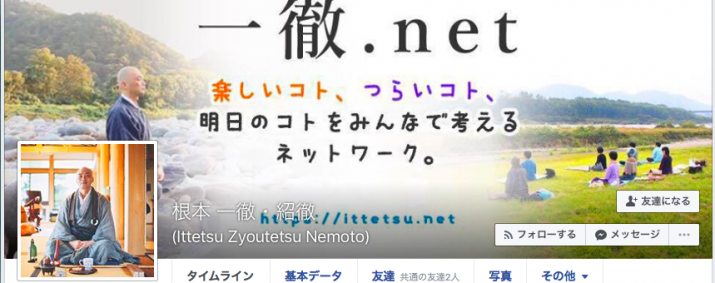
with socially withdrawn people. From popmatters.com
The same theme can be identified in socially engaged Buddhism. In one of my earlier essays,* I mentioned the work of Fujioka Yoshinobu and Nemoto Ittetsu. Ven. Fujioka, a former pro-boxer turned Buddhist priest in the Pure Land school, runs Vowz Buddhist Bar as an outreach program for those estranged from Buddhism. It is here in the bar, which has since become a tourist attraction, that people suffering from harassment and despair can encounter Buddha’s compassion. Similarly, Ven. Nemoto, a priest from Daizen-ji, offers suicide-prevention workshops and works with hikikomori (people displaying social withdrawal syndrome). An article in The New Yorker recounts one of his experiences that illustrates his work:
He was thirty-eight years old and had been institutionalized in a mental hospital off and on for a decade. During the writing exercise, he just sat and wept. When Nemoto came around to check on him, his paper was blank. The man explained that he had nothing to say in response to the questions because he had never considered them. All he had ever thought about was wanting to die; he had never thought about what he might want to do with his life. But if he had never really lived, how could he want to die? This insight proved oddly liberating. (McFarquhar)
As in the two movies discussed earlier, Ven. Fujioka and Ven. Nemoto tackle serious social problems, provide a vision of a meaningful life, and explore, albeit in varying ways, alternative lifestyles. They confront the seemingly infinite abyss of human emotions and despair head on and apply to it the Buddha’s teachings. A similar theme is picked up by two sets of popular authors, who offer reflections on current dilemmas and the purpose of life from a Zen Buddhist perspective.
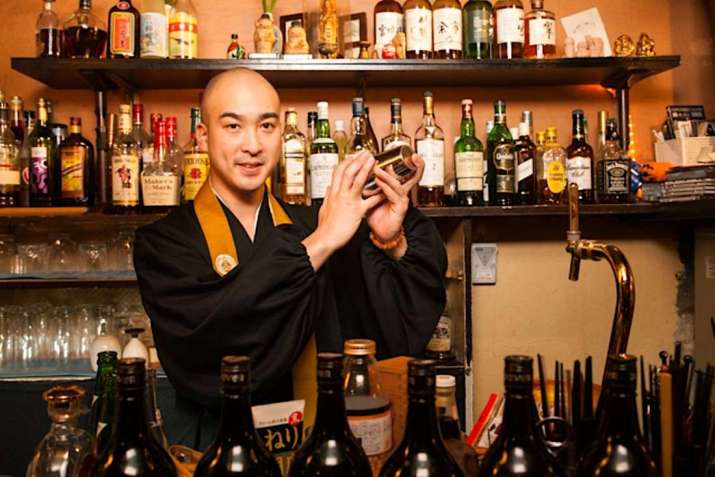
The first group of authors includes Ven. Yamashita Ryōdō and Ven. Fujita Isshō. They published Appudeito suru bukkyō (Updating Buddhism, 2013) in the form of a dialogue and, in collaboration with Nagai Hitoshi, Bukkyō 3.0 o tetsugaku suru (Philosophizing About Buddhism 3.0, 2016) in the form of a trialogue. In the former, they call into question the funerary Buddhism characteristic of Japan and suggest meditation as the litmus test for a new Buddhism that can serve society better. In the latter, they argue that a contemporary form of Buddhism that is also relevant today, needs to combine the social and the transcendent as did the famous dictum of the Heart Sūtra: “Form is not different from emptiness and emptiness is not different from form.”
In Bukkyō 3.0, the authors evoke the so-called “two impediments” (āvaraṇadvaya) and explain: “The first one is called the impediment of afflictions (kleśâvaraṇa). Due to feelings of anger or fear our mind is hazy and confused. The second one is called the ‘cognitive hindrances’ (jñeyâvaraṇa). This indicates a cognitive deficiency and it rests fundamentally on epistemic fallacy. It indicates a lack of self-awareness.” (Yamashita, Fujita and Nagai 2016, 239) Buddhism 2.0, i.e. meditation, overcomes the first, Buddhism 3.0, we could call this “Buddhism for today,” the second of these two hindrances.
Ven. Seto’uchi Jakuchō, a famous author and TV personality, engages in a dialogue with Inamori Kazuo in her Rita [Benefitting Others] (2014). She commences her reflections with the experience of Japan since the natural disaster of 3/11 and asks, “Why do bad things happen to good people?” Her answer is quite simple: “Karma.” The authors, then, urge the reader to take responsibility for others and boldly claim that the purpose of life is, as the title indicates, helping others. Seto’uchi suggests that, “First, we think ‘isn’t there a lot of pain and the negativity is ever increasing?’ Yet, we cannot imagine we die . . . I have always said ‘all things are impermanent;’ as far as our body is concerned, this is really the case. Neither good nor bad lasts forever. Everything changes.” (Seto’uchi and Inamori 2014, 185)
Like the others discussed in this article, Seto’uchi finds solace in the Buddhist teachings of impermanence and compassion. All are convinced that this teaching provides the answers to some of the most jarring social problems we face today. Yes, life opens up an infinite abyss of suffering and despair. But these moments do not last. They vanish like the wind without a trace. There is hope. The keys to this hope are wisdom and compassion. The authors and activists discussed today use the Buddhist teaching to bring hope to the downtrodden and outcasts, to dispel their despair, and to alleviate their suffering.
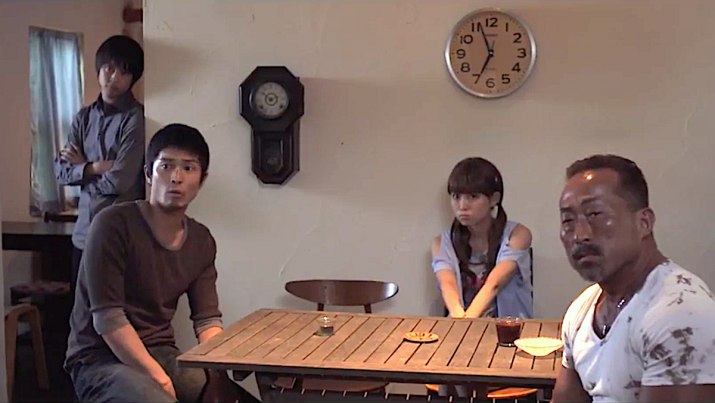
* Spirituality as the Transformation of Daily Life: Living Buddhism in 21st Century Japan (Buddhistdoor Global)
References
McFarquhar, Larissa. 2013. “Last Call: A Buddhist monk confronts Japanese Suicide Culture.” The New Yorker. 24 June 2013. Link
Seto’uchi, Jakuchō and Kazuo Inamori. 2014. Rita [Benefitting Others]. Tokyo: Shōgakukan.
Yamashita, Ryōdō, Isshō Fujita, and Hitoshi Nagai. 2016. Bukkyō 3.0 o tetsugaku suru [Philosophizing About Buddhism 3.0]. Tokyo: Shunjūsha.




